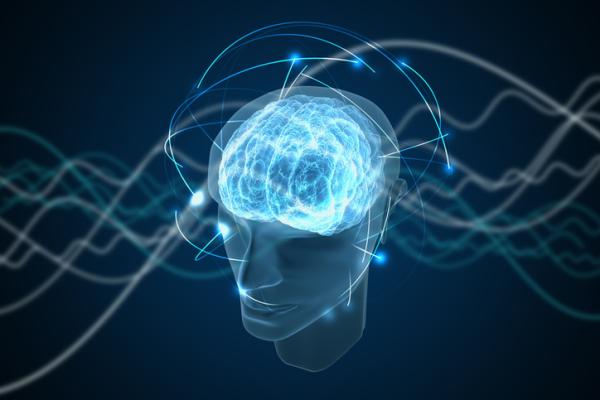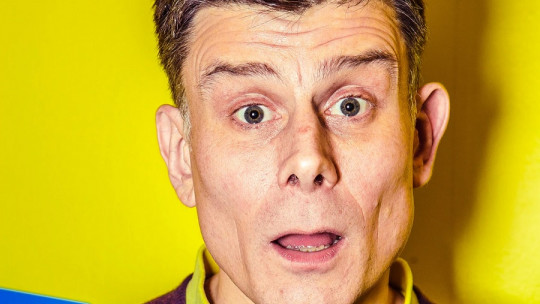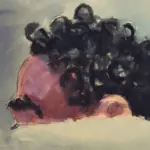
Shock therapy in psychology consists of inducing a physiological state as a treatment for serious mental disorders. It has been used in psychology and psychiatry for decades. Its application has varied over time according to the psychological currents of the moment and the studies carried out.
It is still used today, but the method and application are different, adapted to our needs and safe for the patient. In this PsychologyFor article we want to update you on What is shock therapy and what is it used for?.
What is shock therapy in psychology
Shock therapy is induction of a state of physiological shock in an individual in an artificial and controlled manner as a treatment for serious mental disorders. A controlled electrical current is administered to the patient’s brain, causing a seizure. This seizure usually lasts a few minutes and is performed under general anesthesia.
This procedure is performed under the supervision of a trained medical team, including a psychiatrist. In short, it is based on the hypothesis that shock states improve a person’s mental state once they have recovered from treatment.
Shock therapies in history
The best-known shock therapies in history are the following:
Insulin therapy
Manfred J. Sakel, neurophysiologist and psychiatrist, observed that some patients with addiction or psychosis problems improved their mental state after suffering a hypoglycemic crisis. Based on this, he decided to provoke these crises artificially and in a controlled manner.
To do this, he gave patients an overdose of insulin, which lowered the glycemic index to the point of causing seizures like those of an epileptic seizure. To control it, once they fell into a coma due to the attack, he administered a glucose solution that restored the level.
It seems that there were positive changes in the mental state of his patients and that these changes were maintained over time. So, when he published the results of his study in 1933, many psychiatrists began using his method. His treatment had such an impact that by 1940 most American hospitals were using it. There were even specific rooms for “insulin shock.” Sakel estimated the improvement of his patients at 88%. However, subsequent studies decrease that percentage. Some patients died and others described the treatment as terrifying.
Cardiazol therapy
In 1933, the doctor Ladislaus von Meduna, starting from the premise that epilepsy was incompatible with schizophrenia, devised a treatment to cause epilepsy and thus end schizophrenia. He tried several substances and finally used cardiazol. This caused epileptic seizures. About 50% improved, but some patients (42%) ended up with fractures due to the shaking.
AE Bennett, a psychiatrist, proposed using a sedative to control the shaking. In some disorders such as manic or psychotic depression, cardiazol showed an improvement in 80% of patients. For schizophrenia, however, insulin shock was more effective.
Electroconvulsive therapy
Later, these therapies were replaced by Electroconvulsive therapy. In its beginnings, electroconvulsive therapy was based on the same premise that epilepsy and schizophrenia are incompatible. The histologist Cerletti thought that he could generate the convulsions due to electric shocks in the patient and thus treat schizophrenia. Seeing the good results he obtained with his technique, the researcher thought that the brain produced a substance contrary to mental illness during electroshock. He even gave a name to that substance that could never be identified or isolated: acroagonin.
Electroconvulsive therapy has since been used in different ways. Currently, there are administered mild and localized discharges and the patient receives them with anesthesia. It is usually used as a treatment for refractory depression or bipolar disorder, if other treatments have been tried and have not been effective.

What is shock therapy for?
The functionality of shock therapies has varied throughout its history, but their common point is the treatment of psychological problems or mental disorders. At first it was used mainly for schizophrenia treatment with the premise, later proven wrong, that schizophrenia was incompatible with epilepsy.
Electroconvulsive therapy is indicated for treatment of depression and bipolar disorder when other techniques have been tried without results. If you want to know more about these disorders, we recommend these articles on Types of depression: symptoms and treatment and Types of bipolar disorder and their symptoms.
Shock therapy today
Currently the shock therapy used is exposure therapy. Physiological changes are not induced by substances, but by the exposure to stimuli. The exposure technique consists of exposing the patient to what is feared in a controlled and supervised situation to the stimulus that causes the fear. The patient is exposed to the feared situation. He experiences some unpleasant sensations, especially just before the exhibition.
During the exhibition those unpleasant sensations are decreasing. The patient’s sense of well-being and self-confidence increase. He feels better about himself for having overcome that exposure and the fear associated with it decreases or disappears when he realizes that his worst fears have not come true.
This technique is indicated in the treatment of phobias, some anxiety disorders and obsessive-compulsive disorder.

This article is merely informative, at PsychologyFor we do not have the power to make a diagnosis or recommend a treatment. We invite you to go to a psychologist to treat your particular case.
If you want to read more articles similar to What is shock therapy in psychology we recommend that you enter our Clinical Psychology category.
Bibliography
- Buela-Casal, G. Sierra, JC (2009). Manual of psychological evaluation and treatments. Madrid: New Library.








